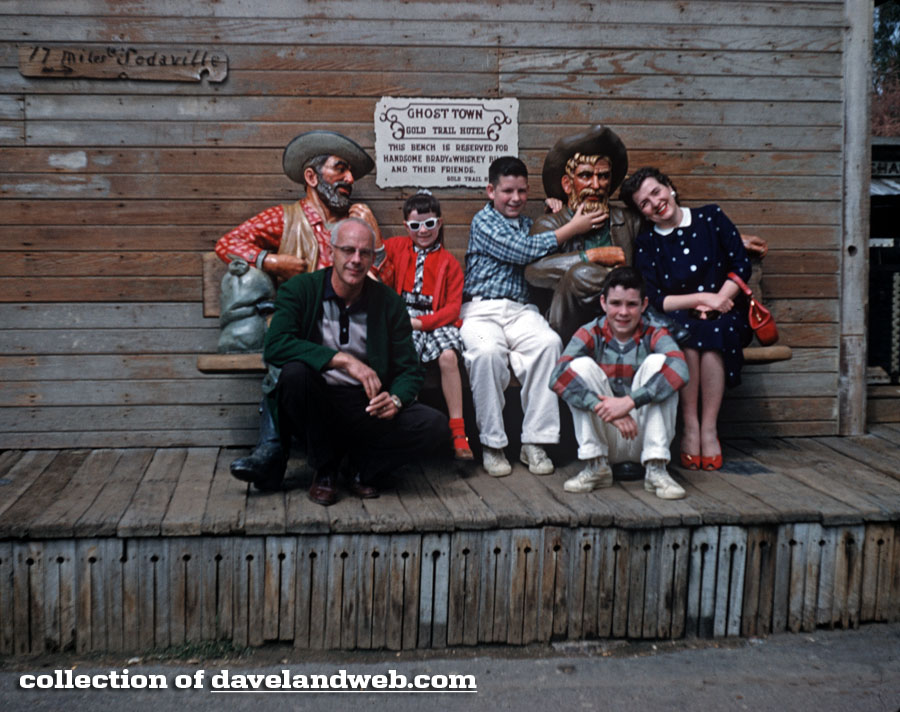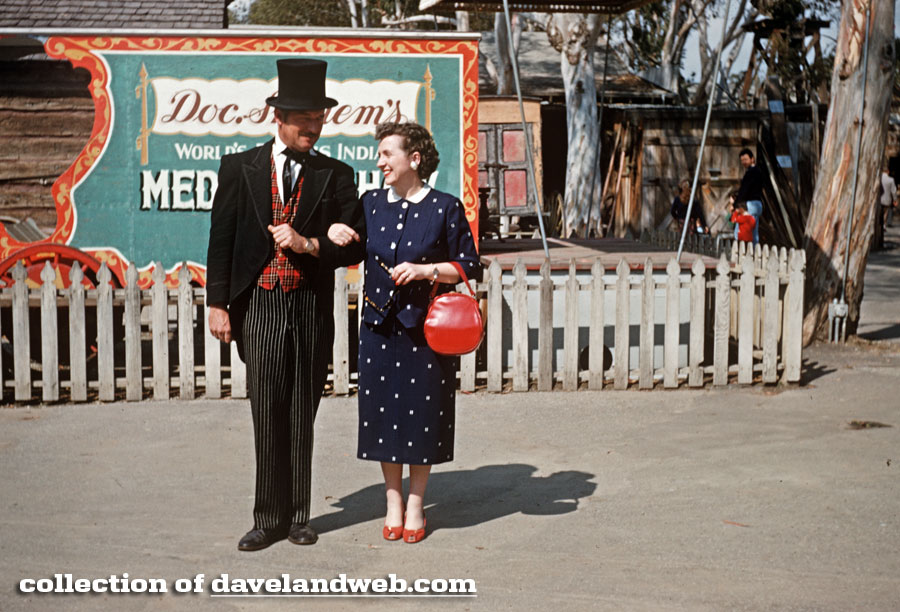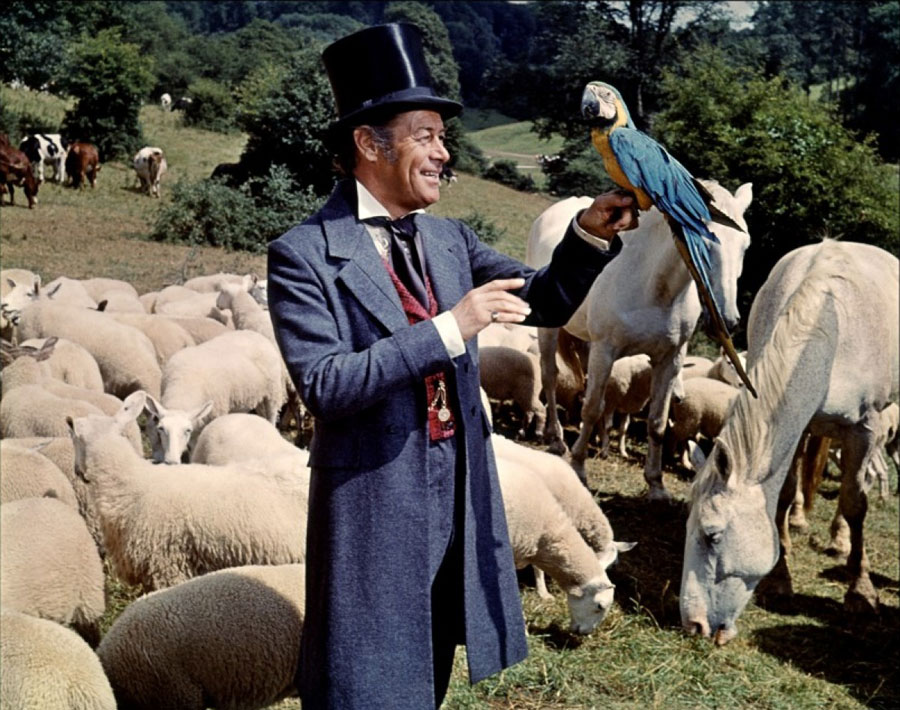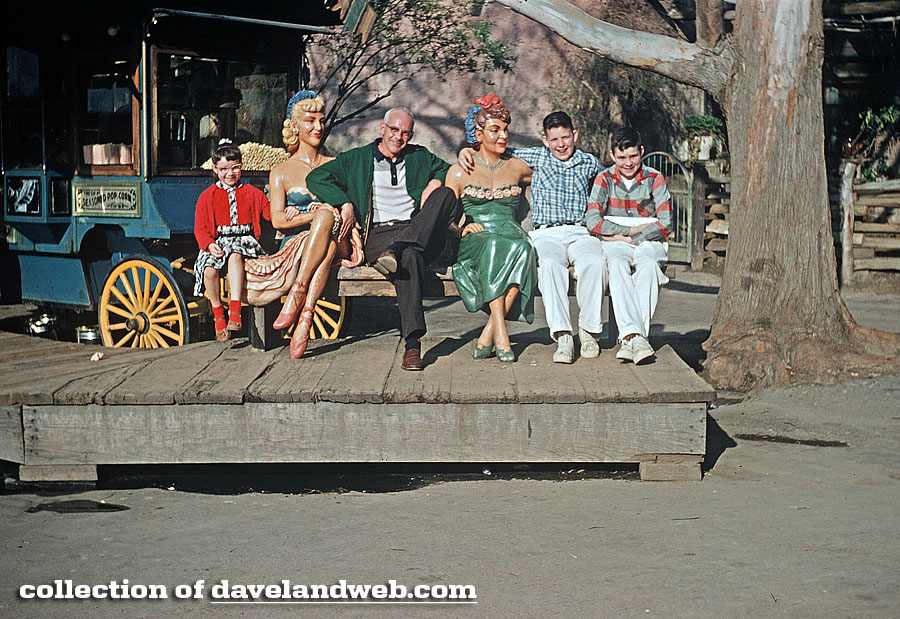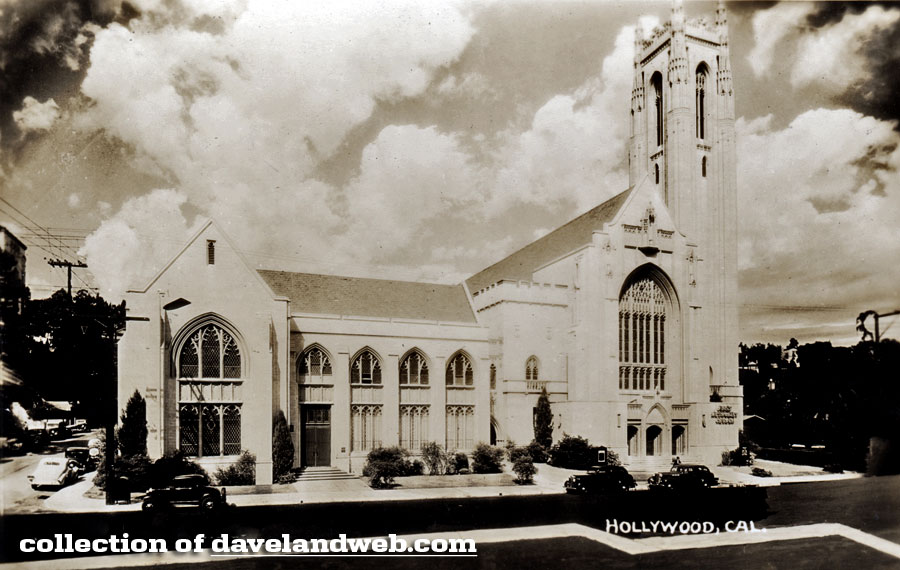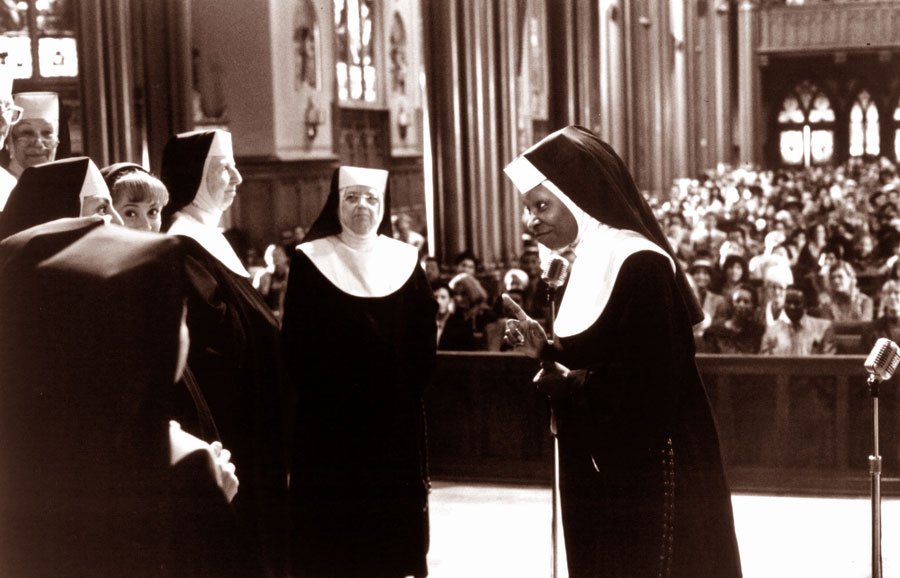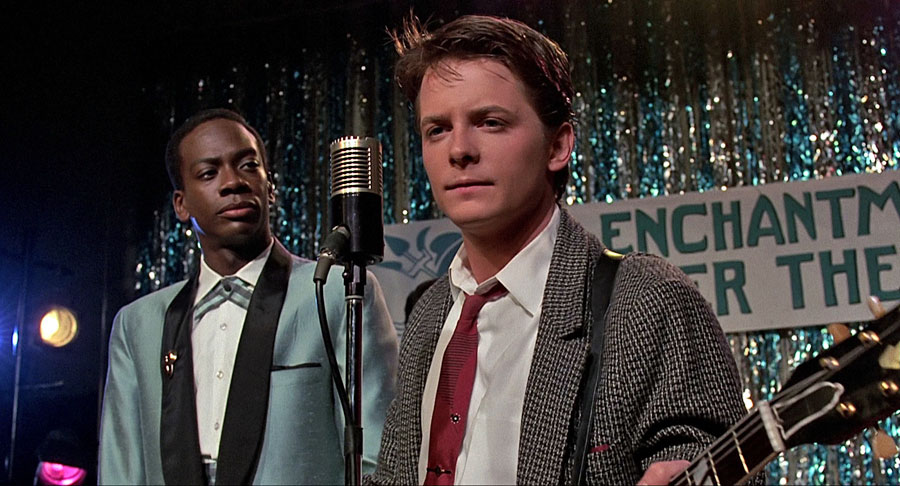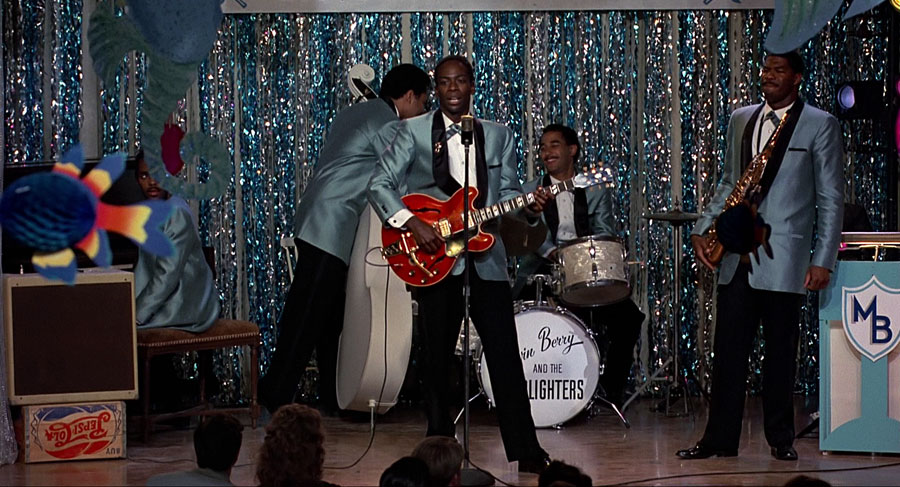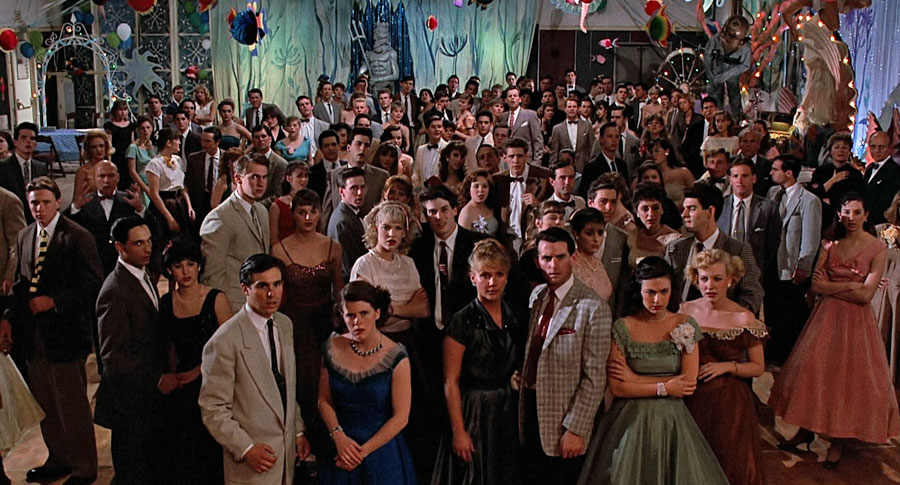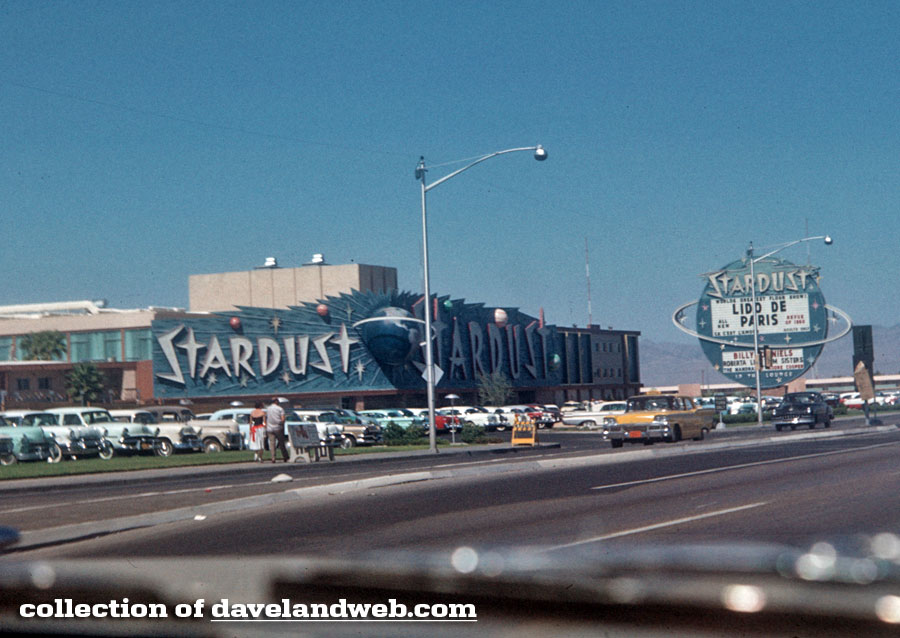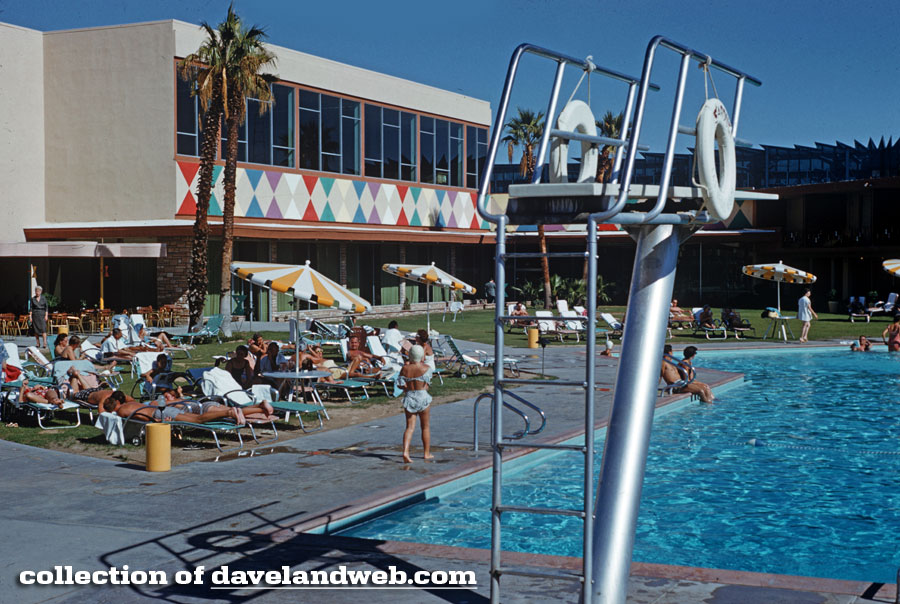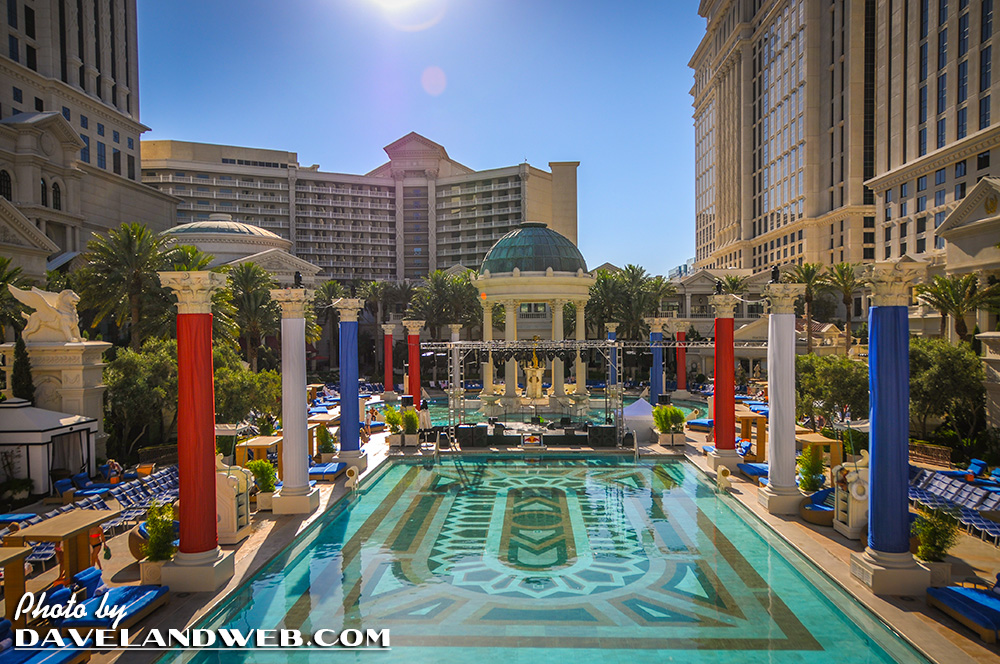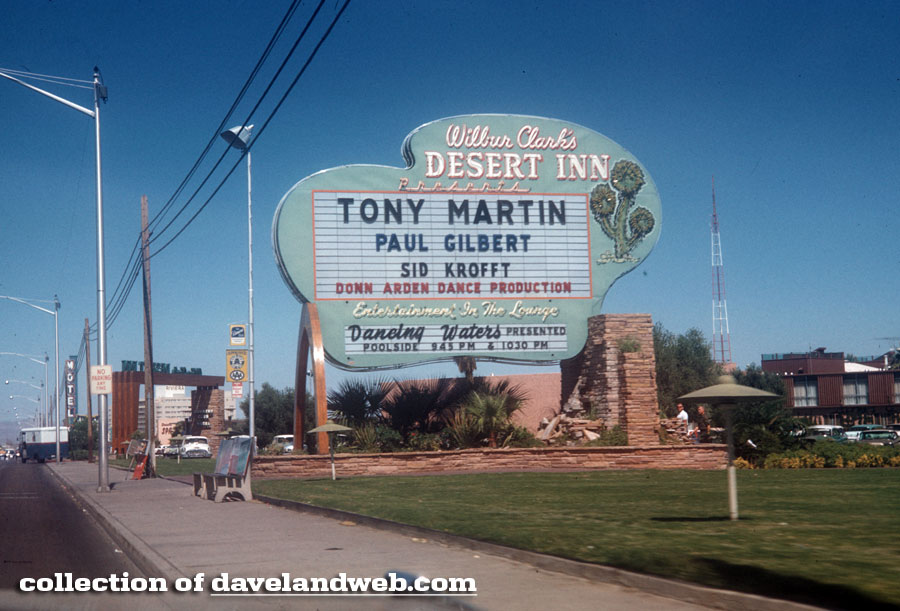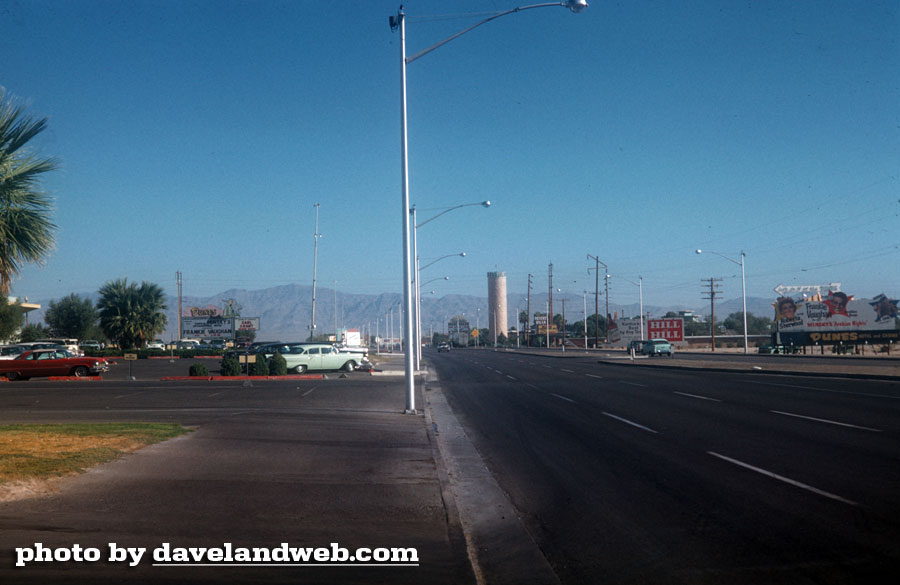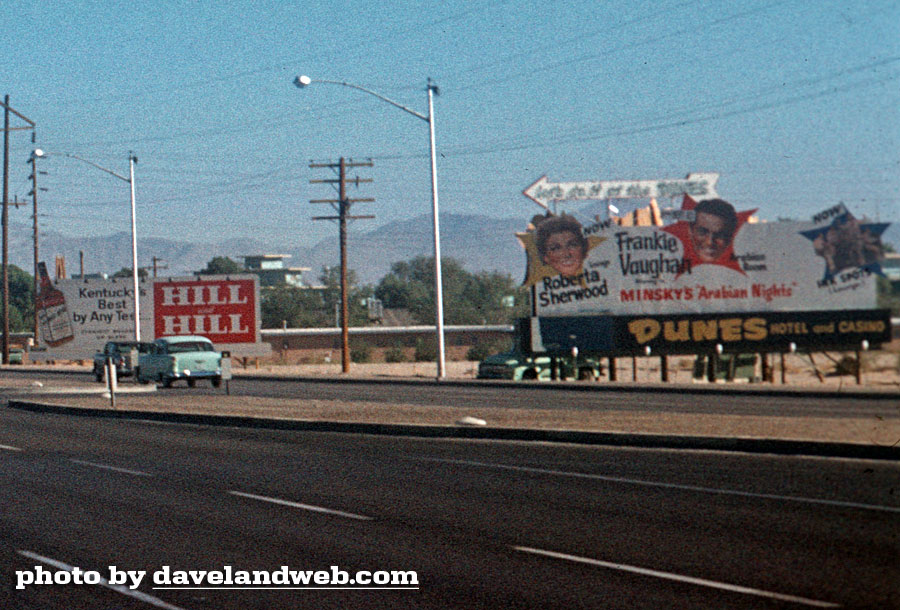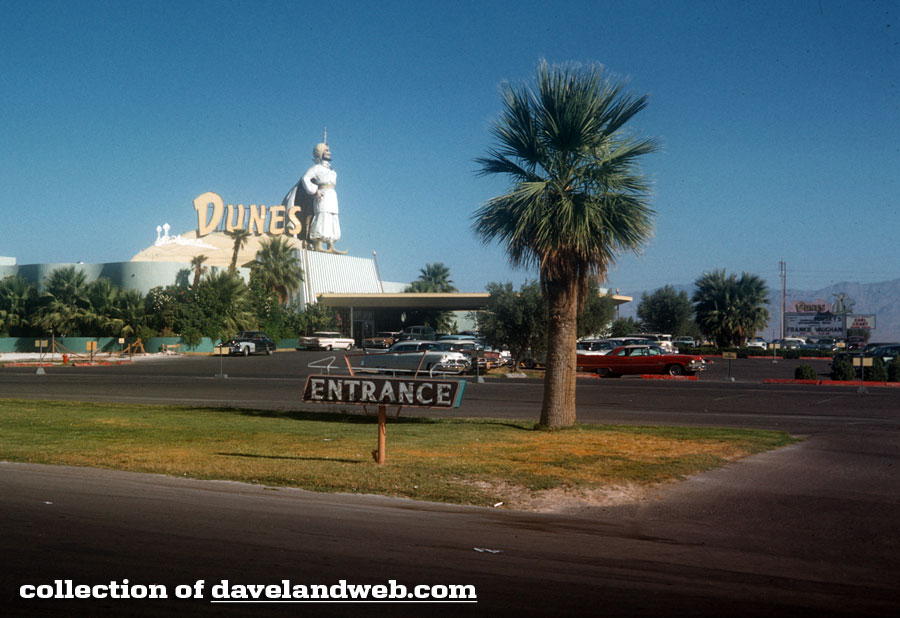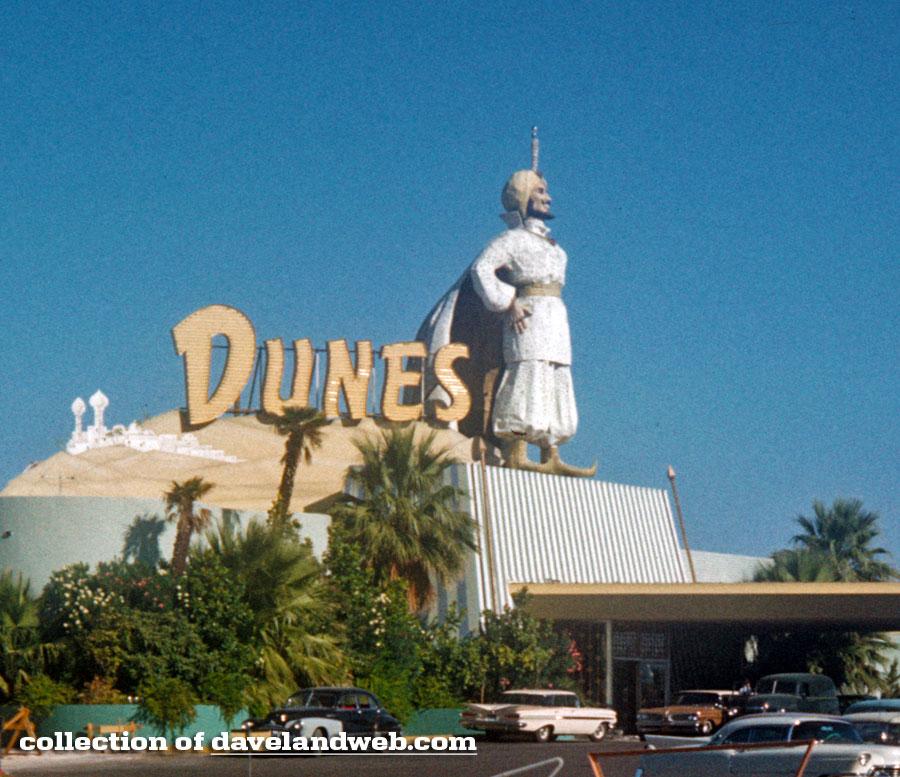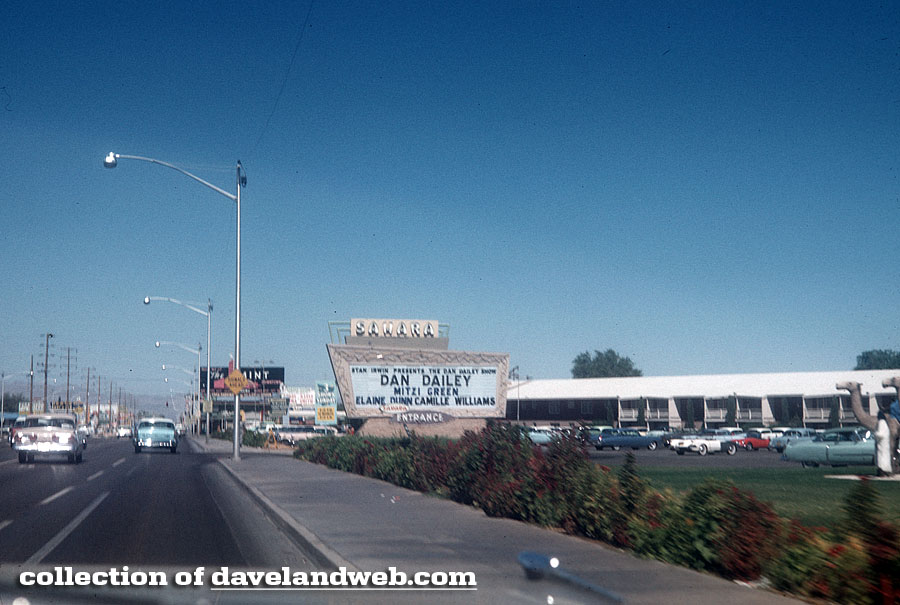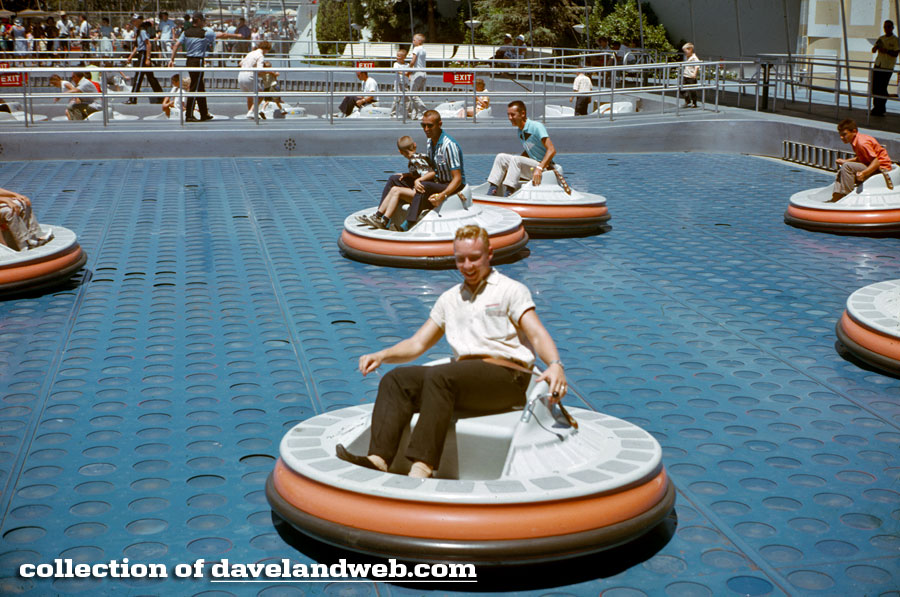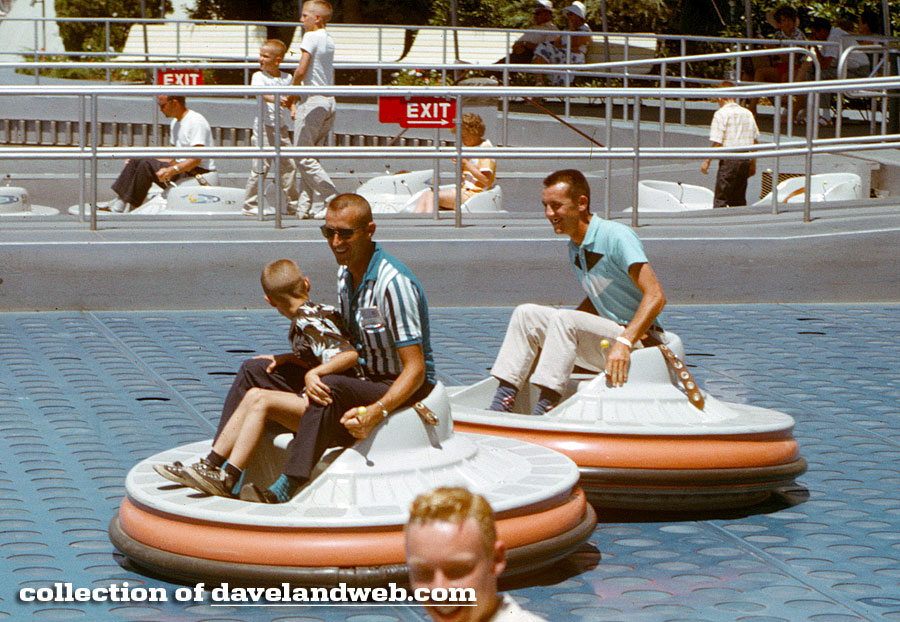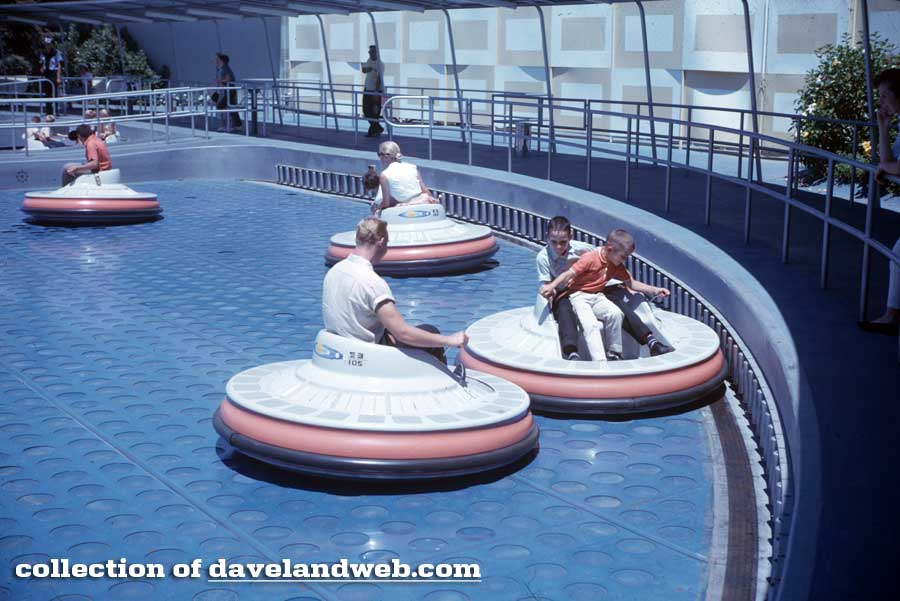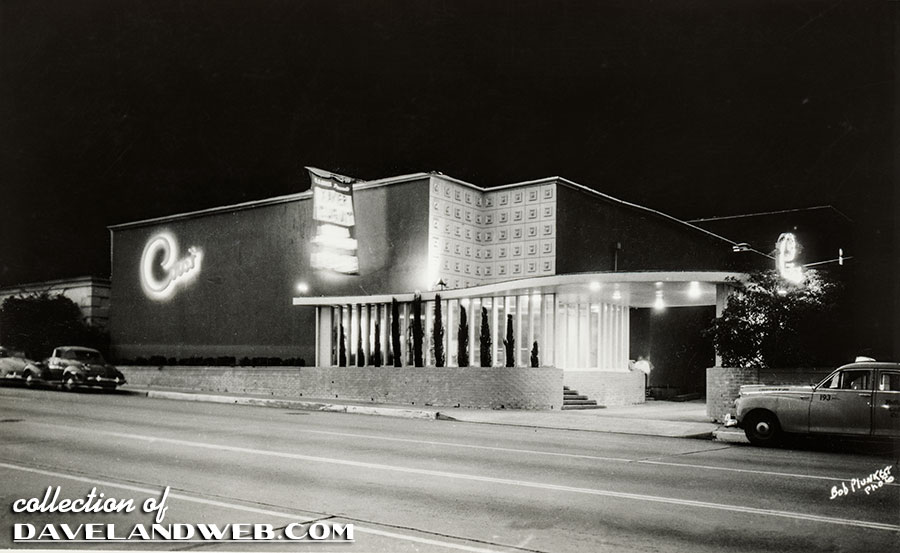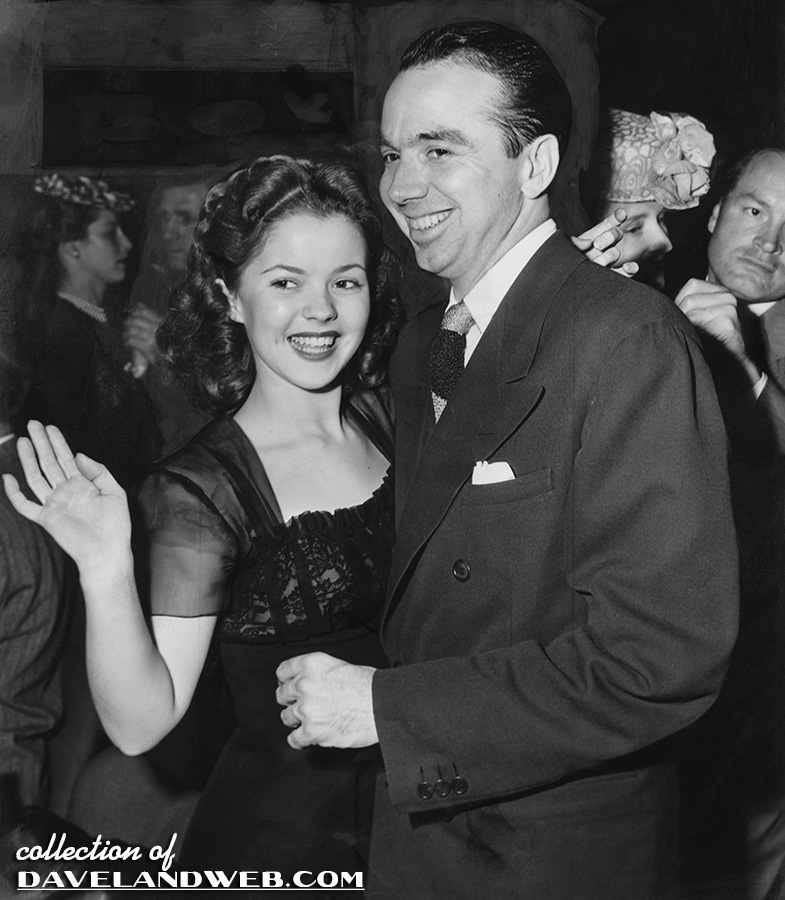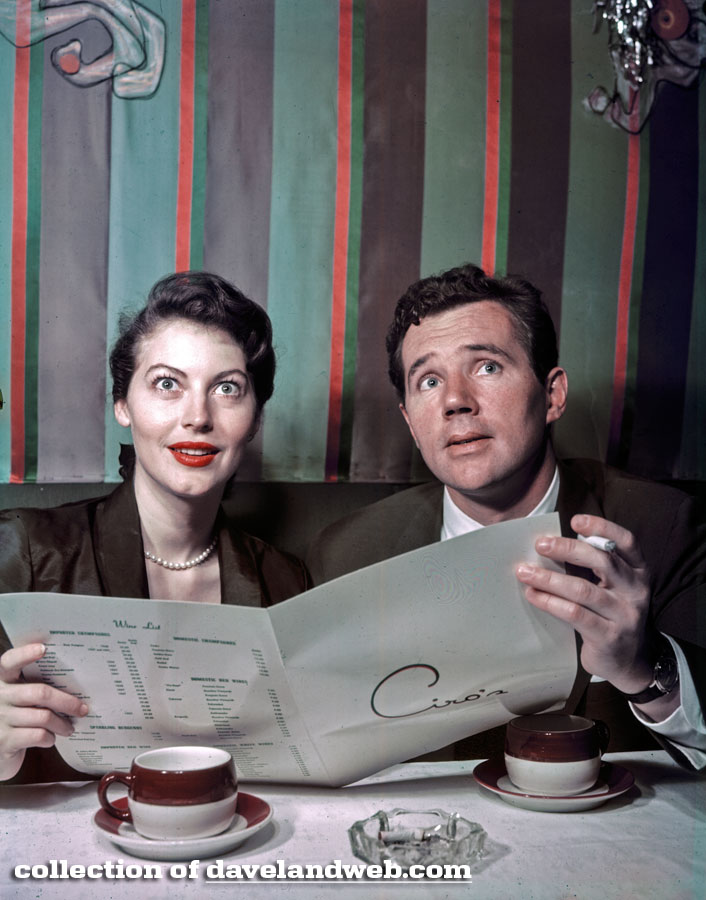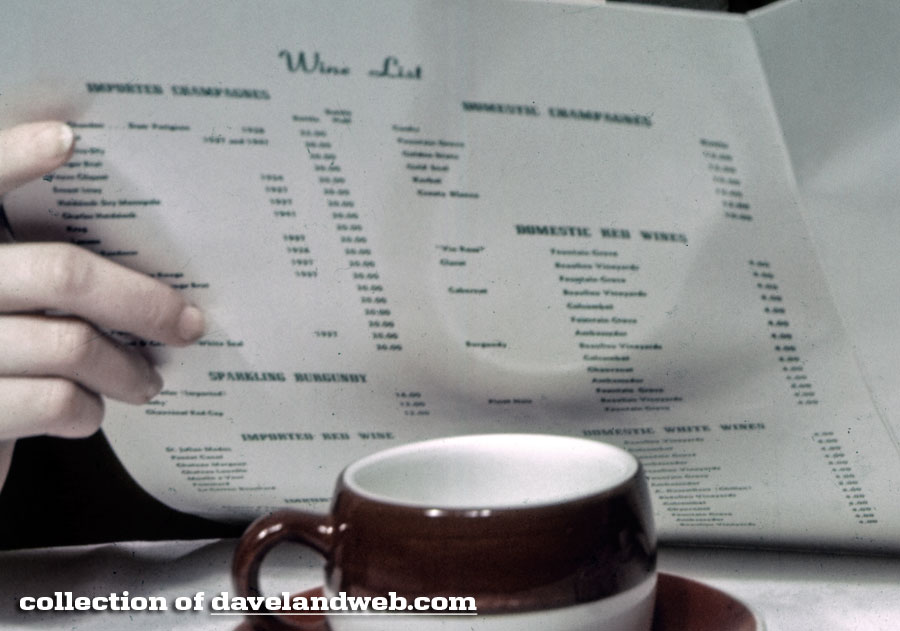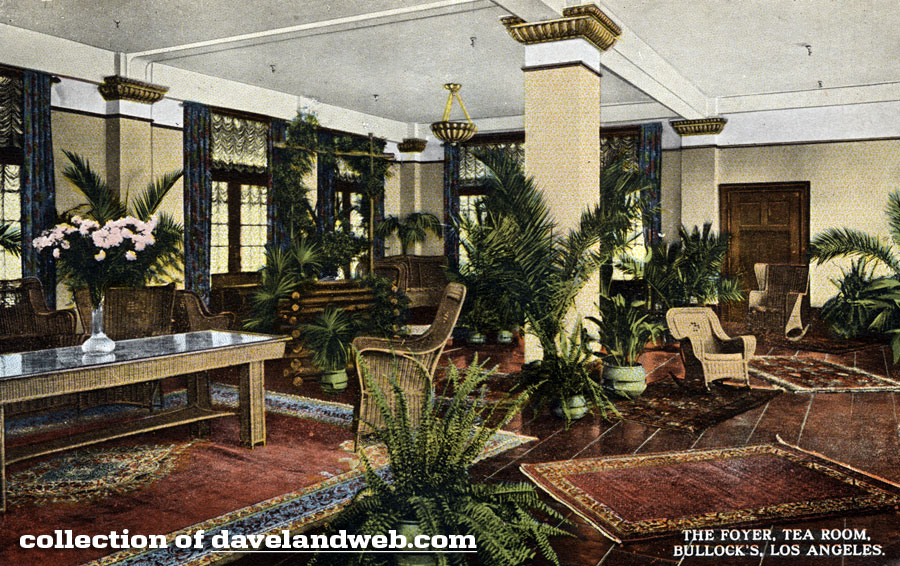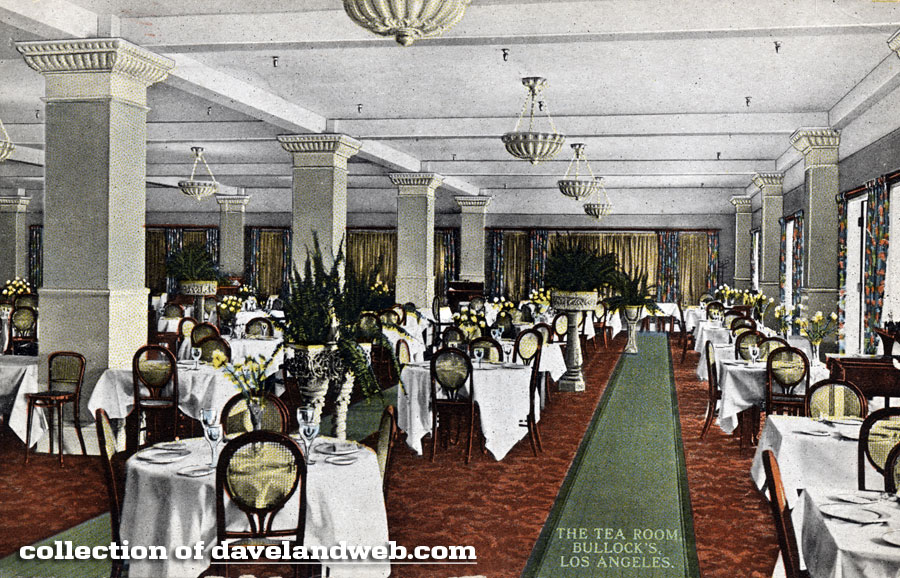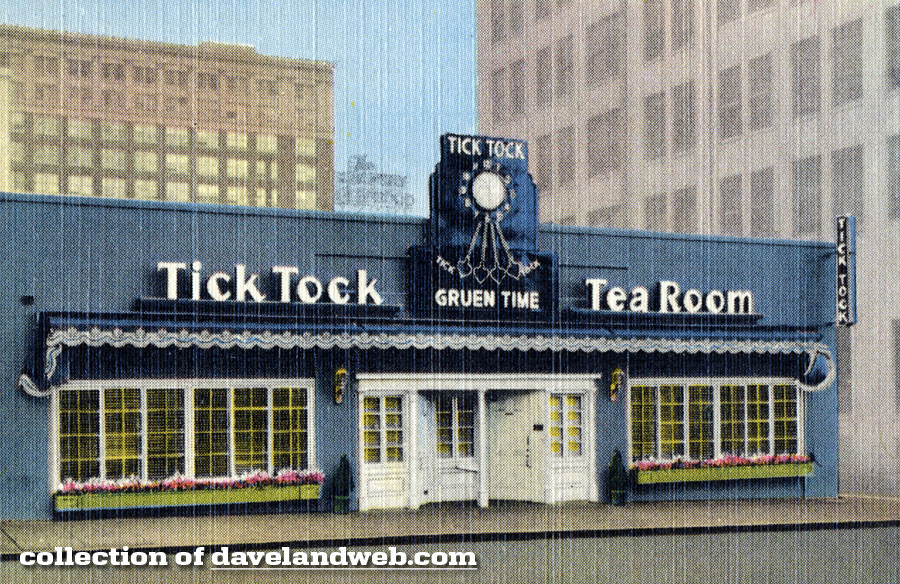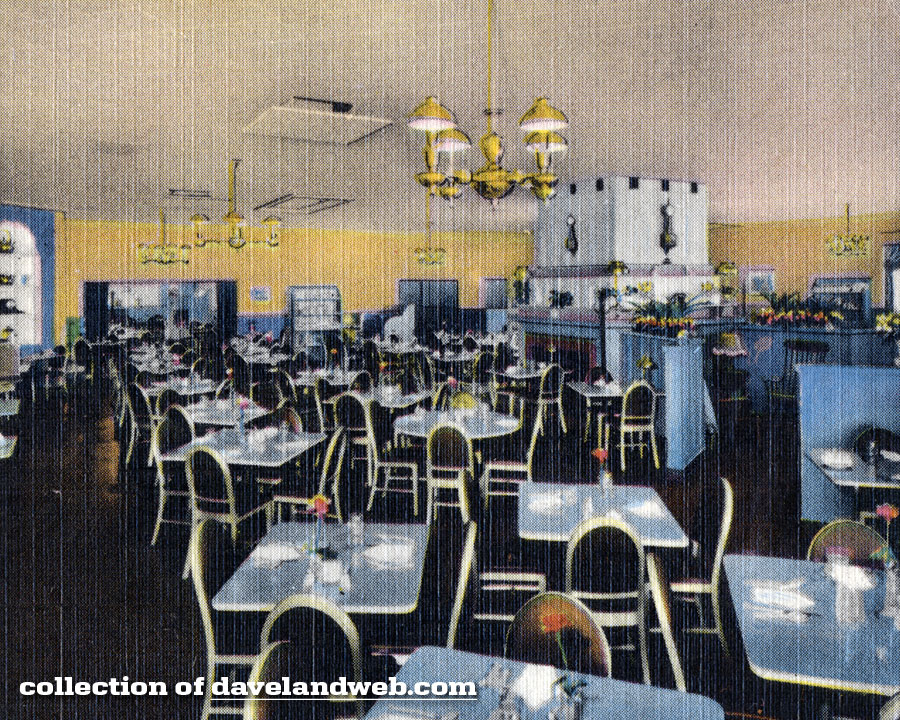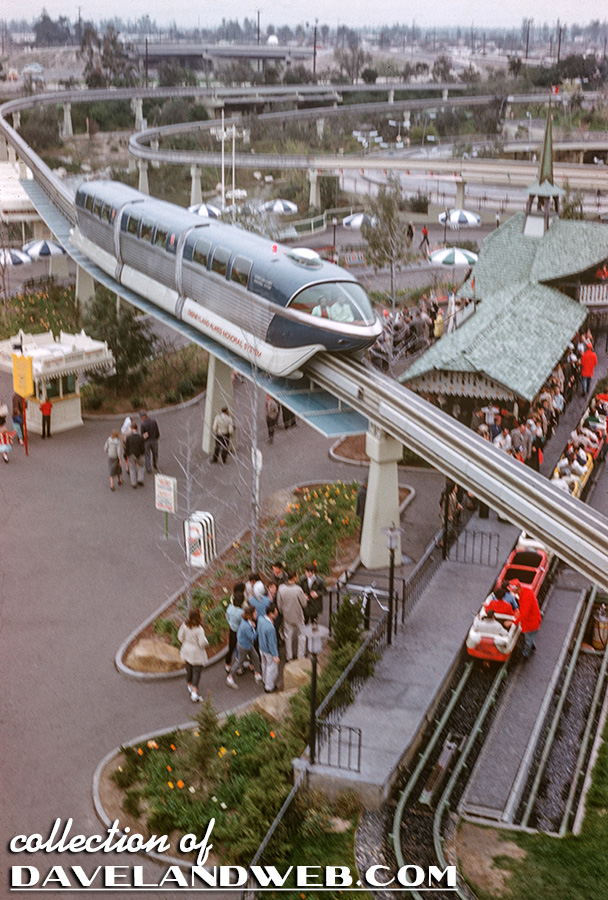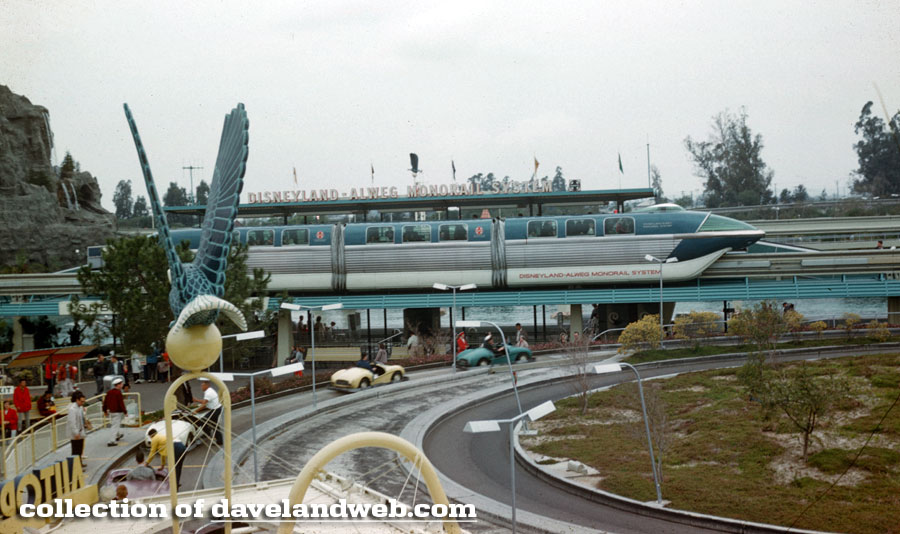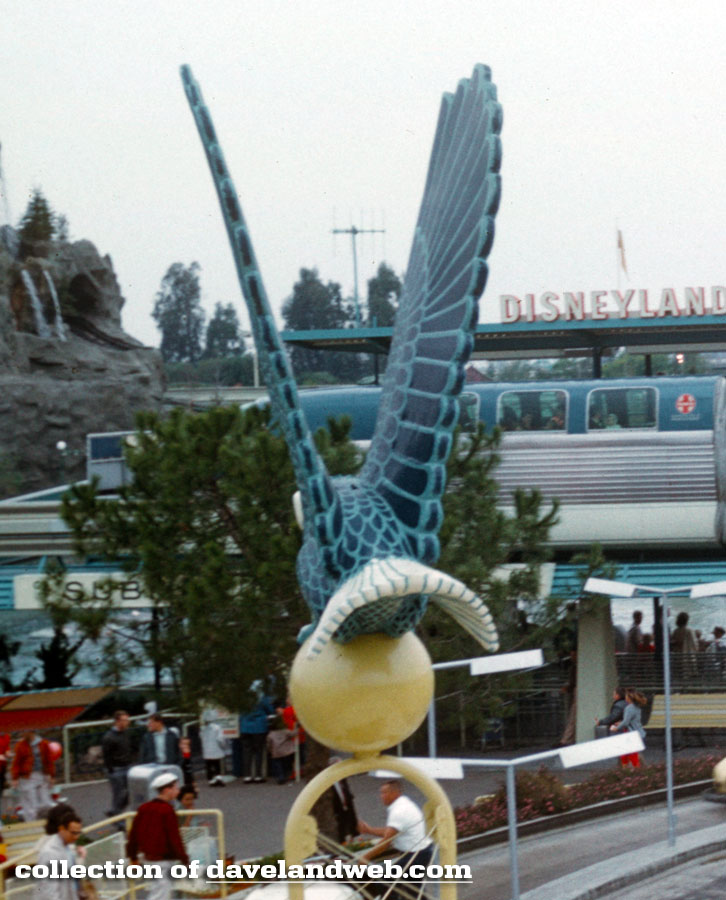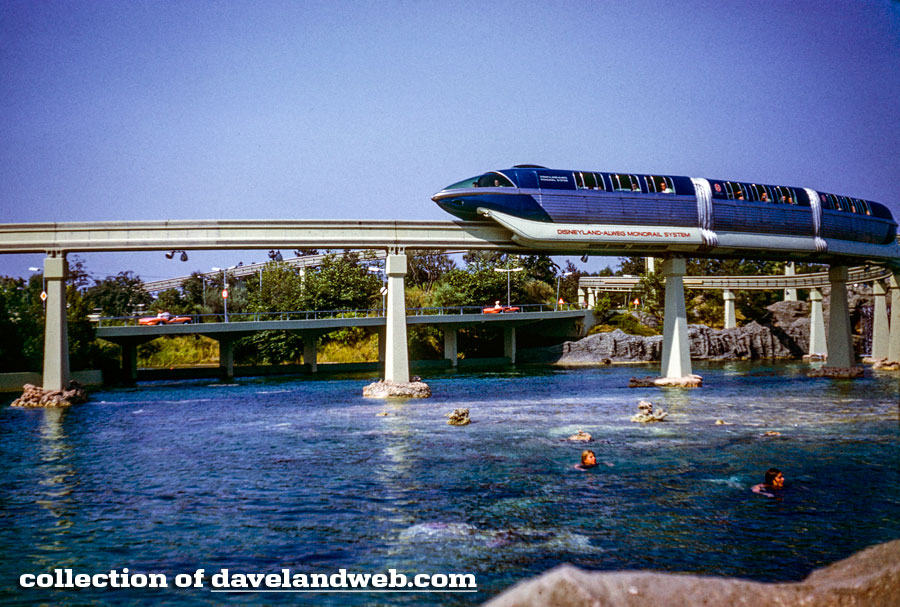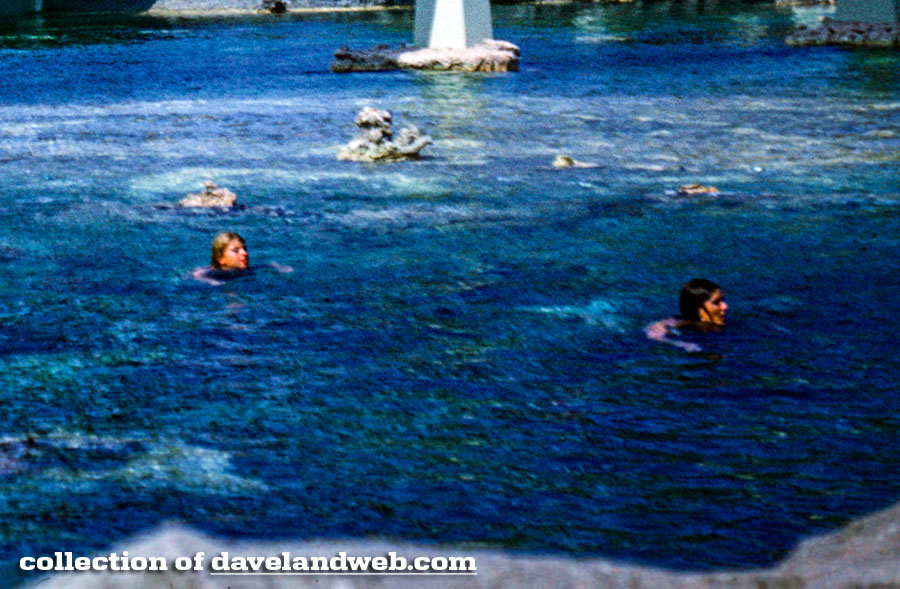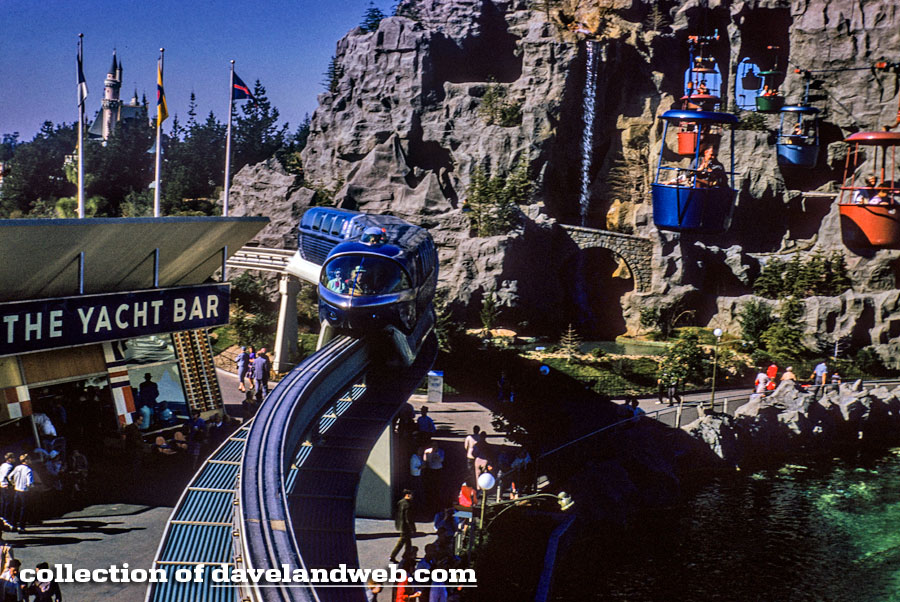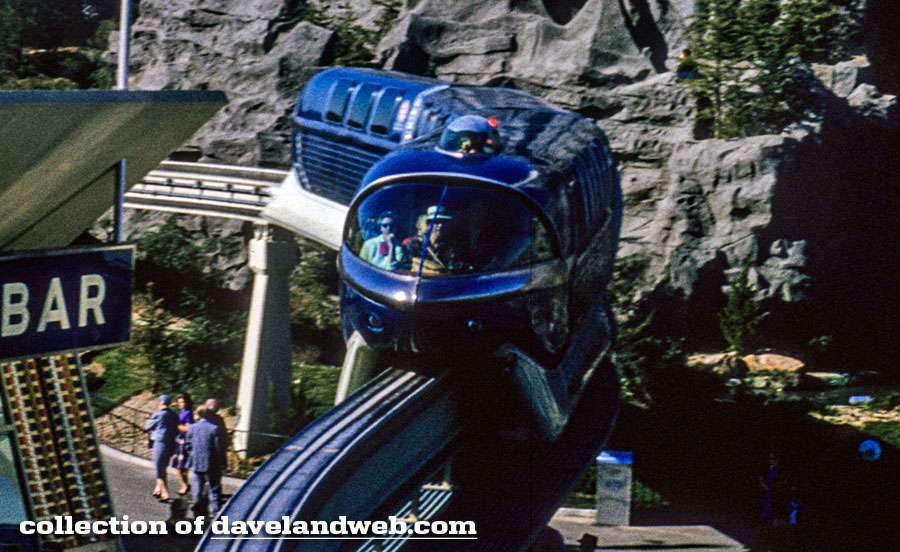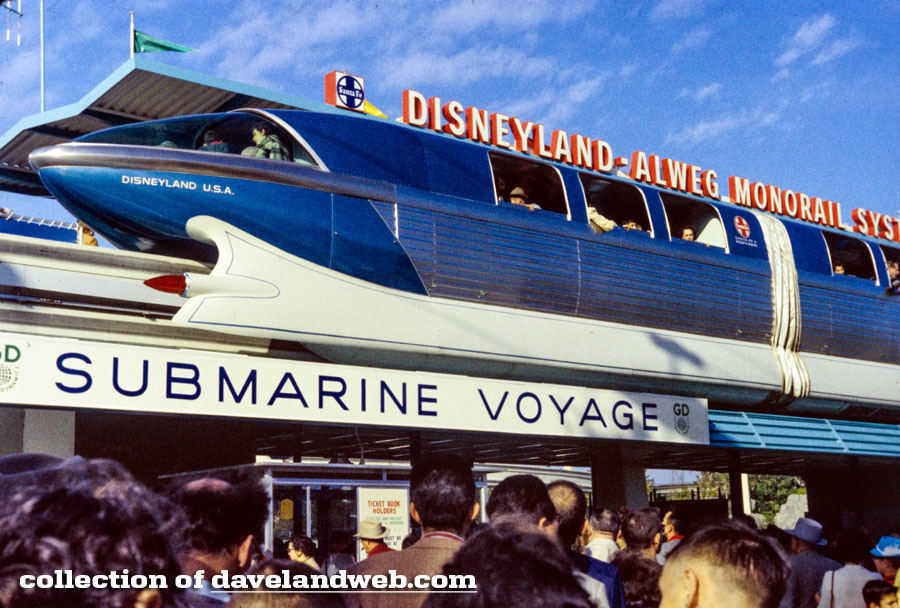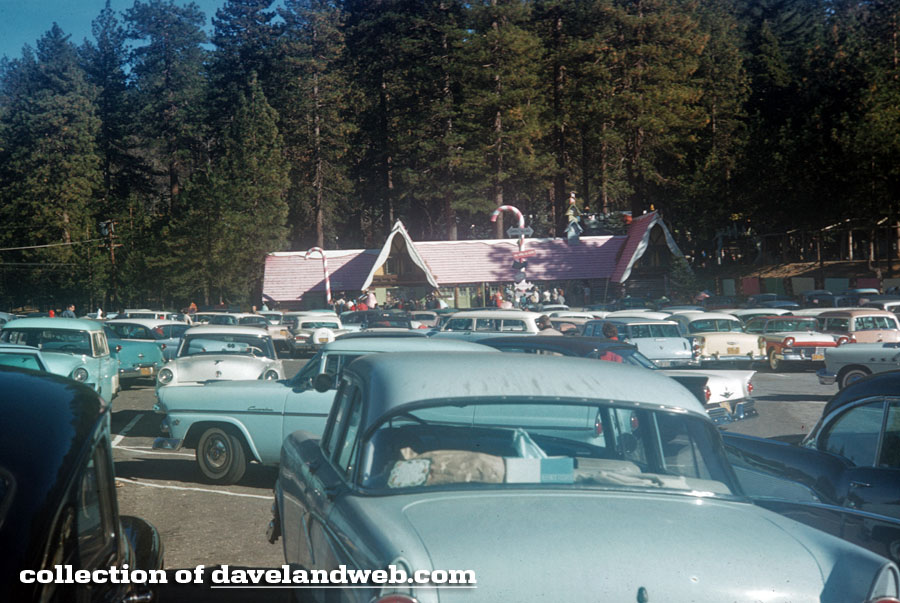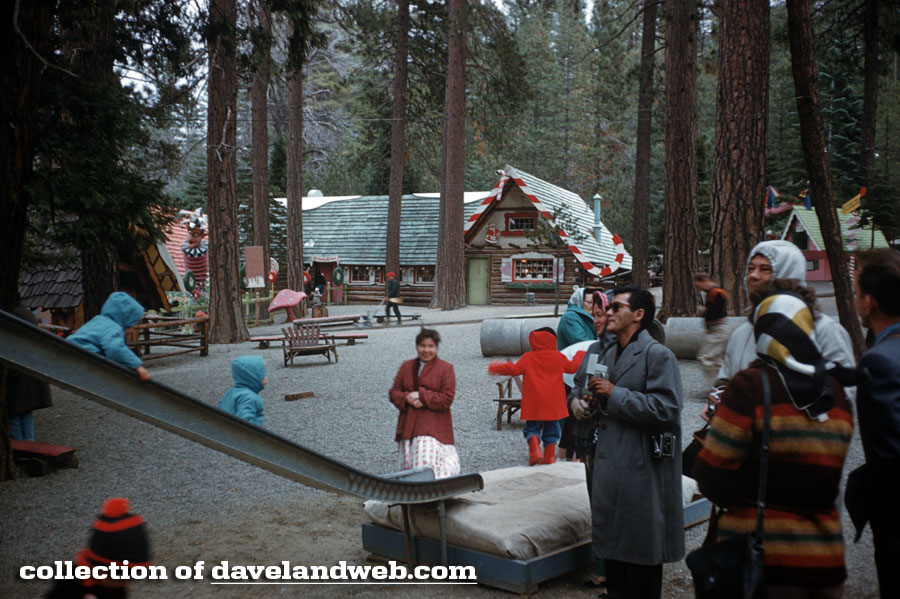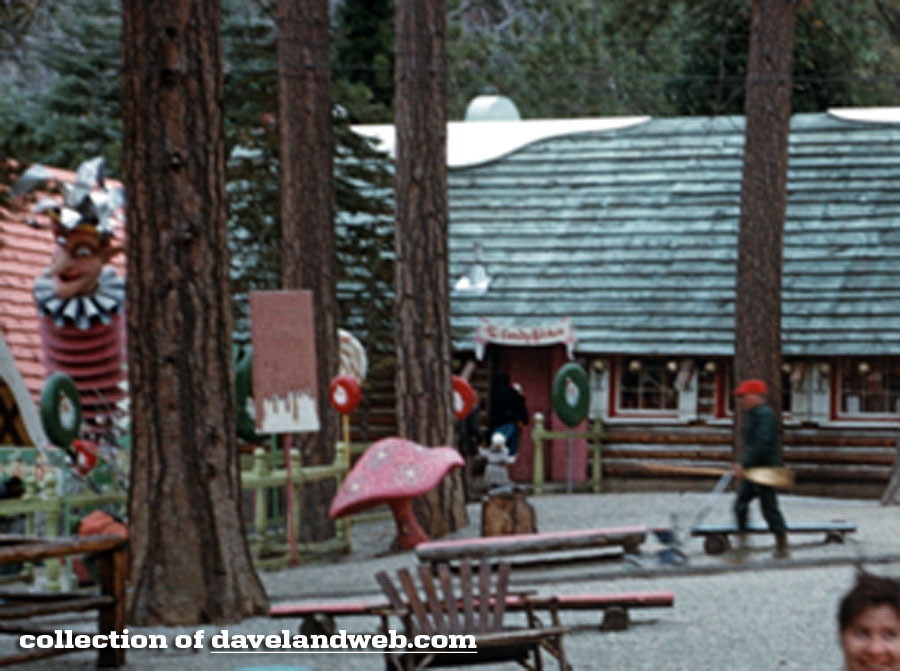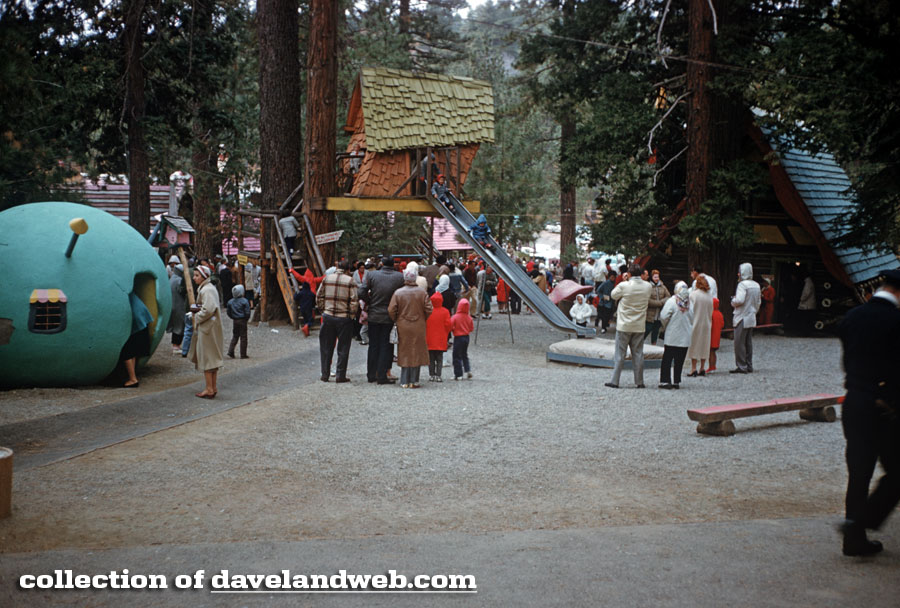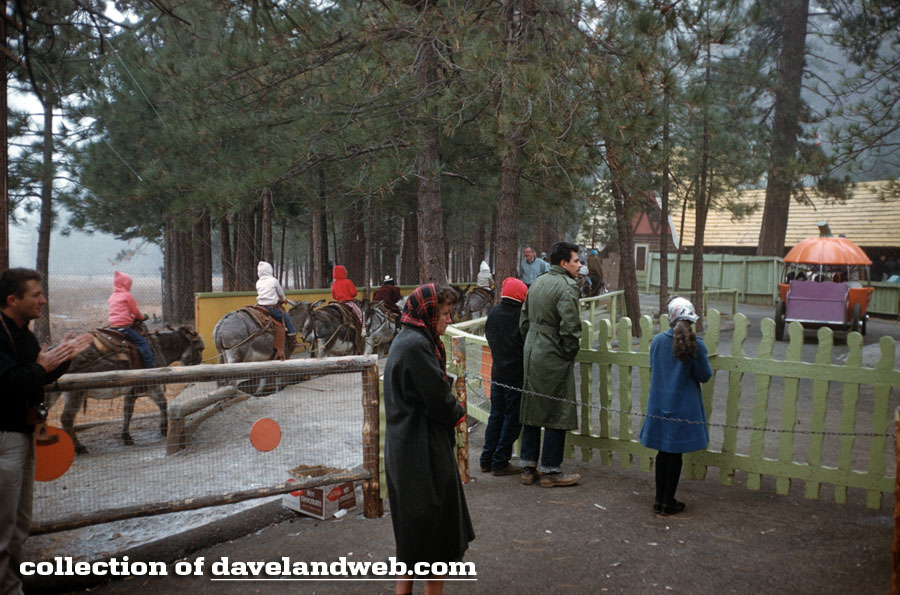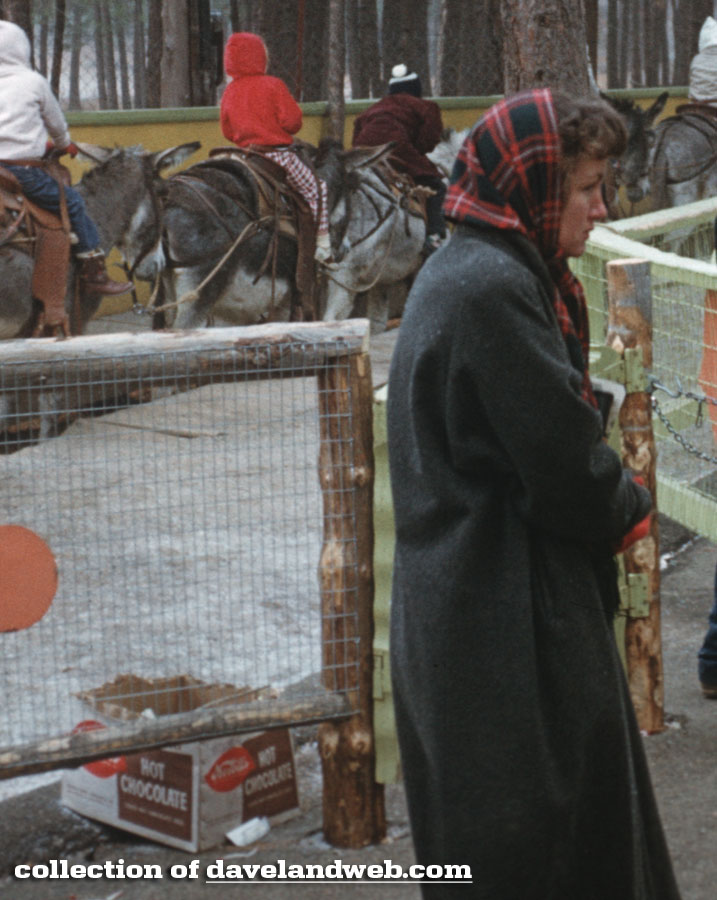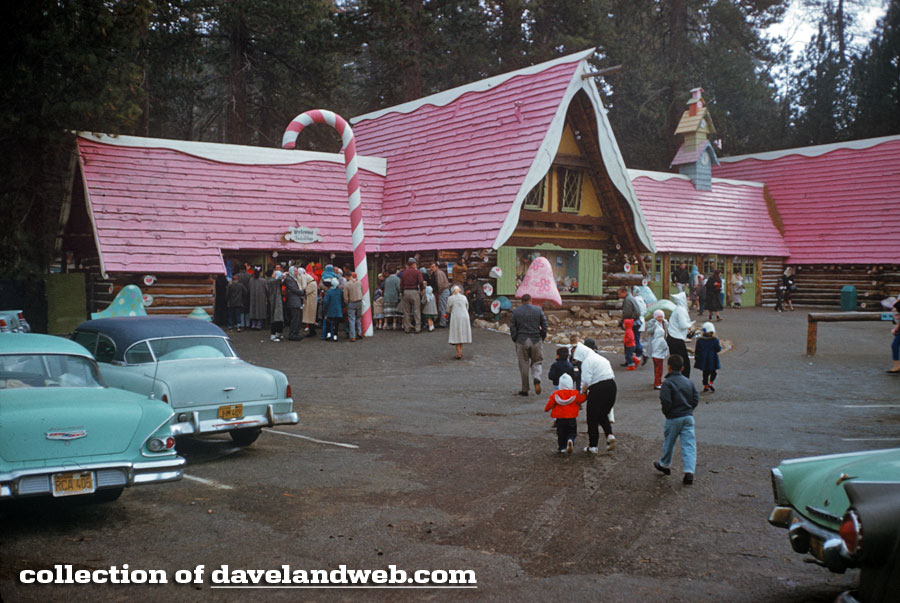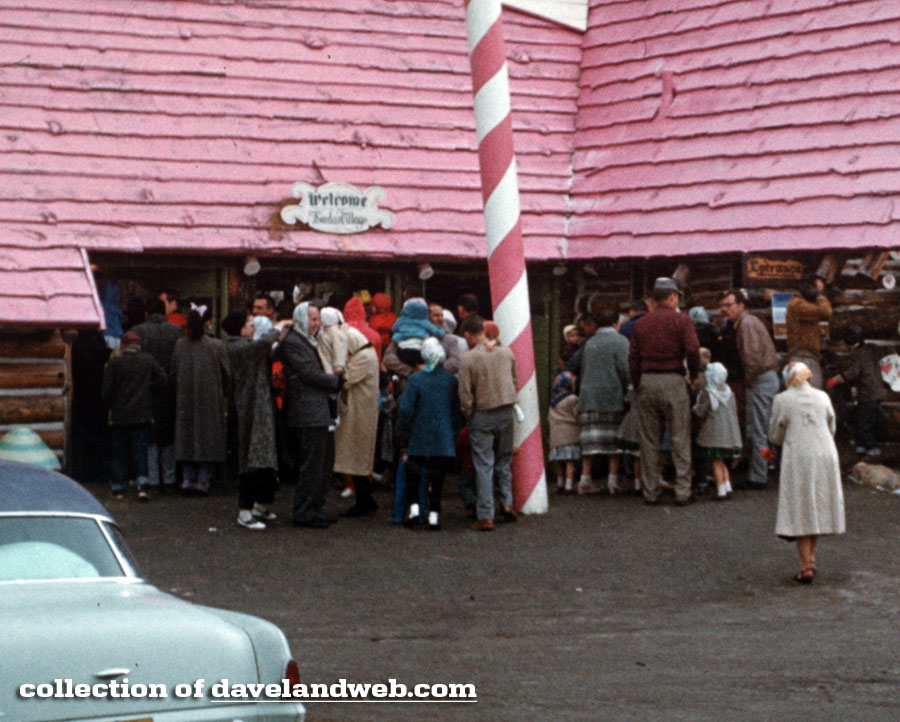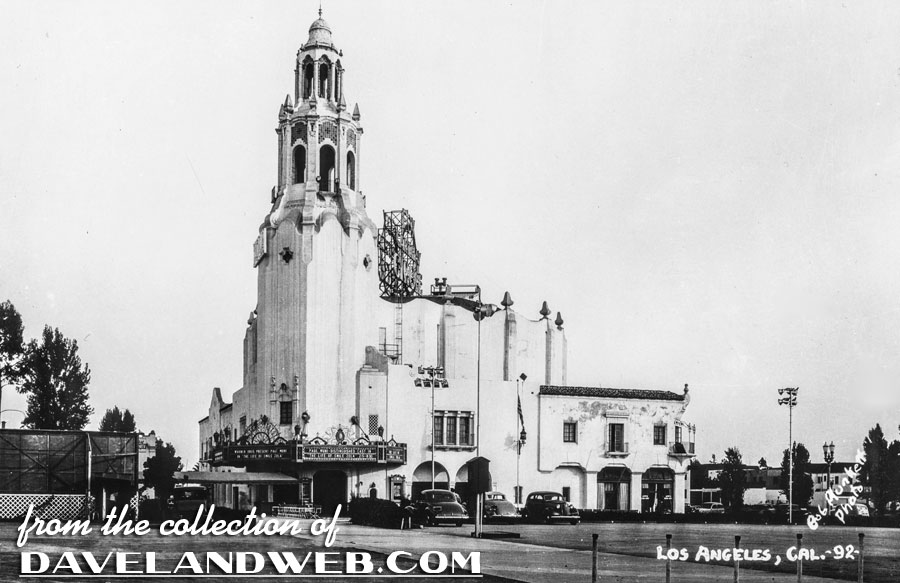
This series of posts pays homage to a trilogy of books written by Martin Turnbull that I recently stumbled upon. Set among some iconic (and sadly many no longer existent) buildings, shops, and restaurants that were part of the Golden Age of Hollywood, Turnbull's novels feature fictional characters woven into the fabric of real-life Hollywood, taking the reader through a nostalgic journey. The three titles include, "The Garden on Sunset," "The Trouble with Scarlett," and his most recent, "Citizen Hollywood." HIGHLY recommended!
Built in 1926, The Carthay Circle Theatre at 6316 San Vicente Boulevard was designed by Carleton Winslow and A. Dwight Gibbs in the Spanish Baroque/Spanish Colonial Revival style. With its iconic octagonal high bell tower and neon sign, it made a famous name of the newly developed Carthay residential district in the Mid-City West district of Los Angeles, California.
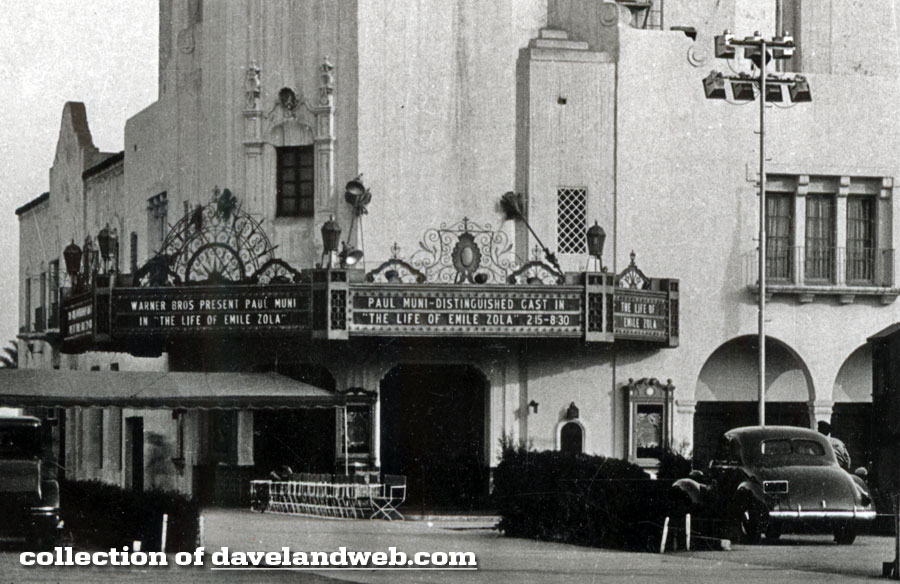
Its auditorium of 1500 seats was shaped in the form of a perfect circle, extended vertically into a cylinder, set inside a square that fleshed out the remainder of the building. Initially developed by the Fox studio, it was called the Fox Carthay Circle Theater and built as a silent movie theater, boasting an impressive Wurlitzer Theater Organ. The first movie played at Carthay was Cecile B. DeMille’s "Volga Boatman" (1926).
A rare interior shot of the theater's lobby:
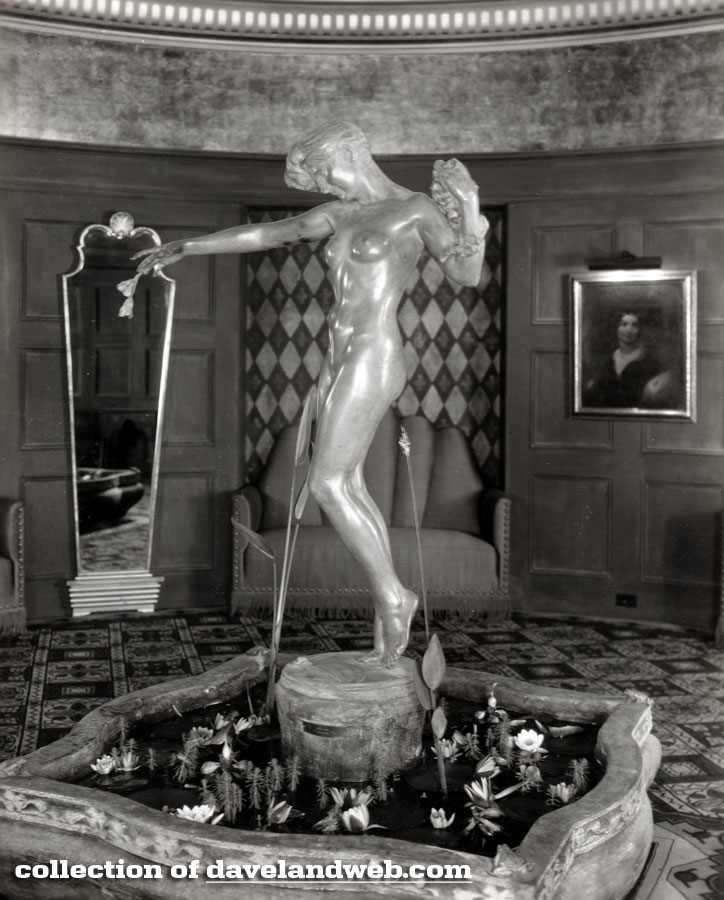
Much of the theatre's art collection focused on the explorers of the wild west who settled California. A drop curtain featured an homage to the pioneer Donner Party, which perished crossing the Sierra Nevada Mountains, called “An Emigrant Train at Donner Lake” by Frank Tenney Johnson. There were busts and plaques celebrating scouts, a man who carried mail over the Sierras, and Dan the Miner, which sat in the theater’s vast forecourt as part of a fountain (seen in the photo below). Murals of historic scenes 40' tall, painted by Pasadena artist Alson S. Clark, impressed guests as they traveled through the theater.
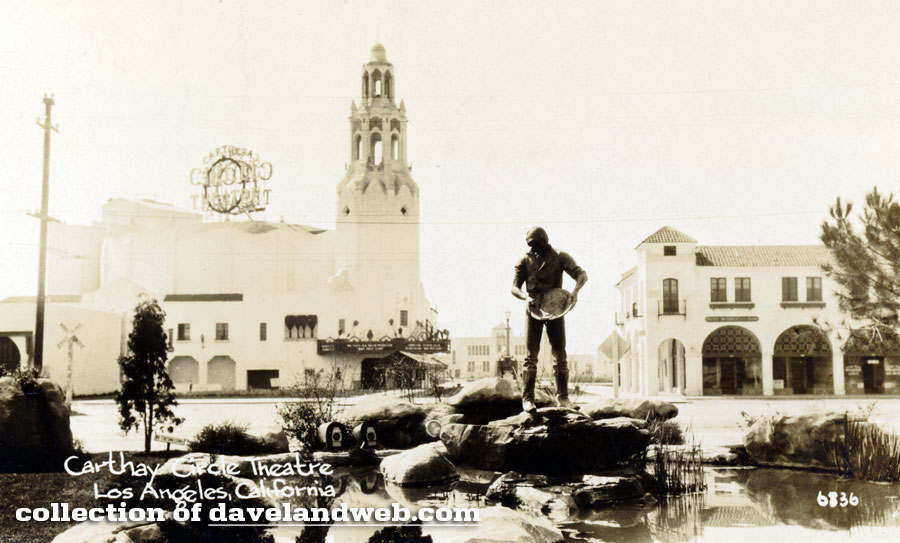
Often the street medians of McCarthy Vista, from Wilshire Boulevard south to San Vicente Boulevard, were decked out with sets from the movies for their gala premieres, such as Disney's "Snow White" (Dec. 21, 1937):
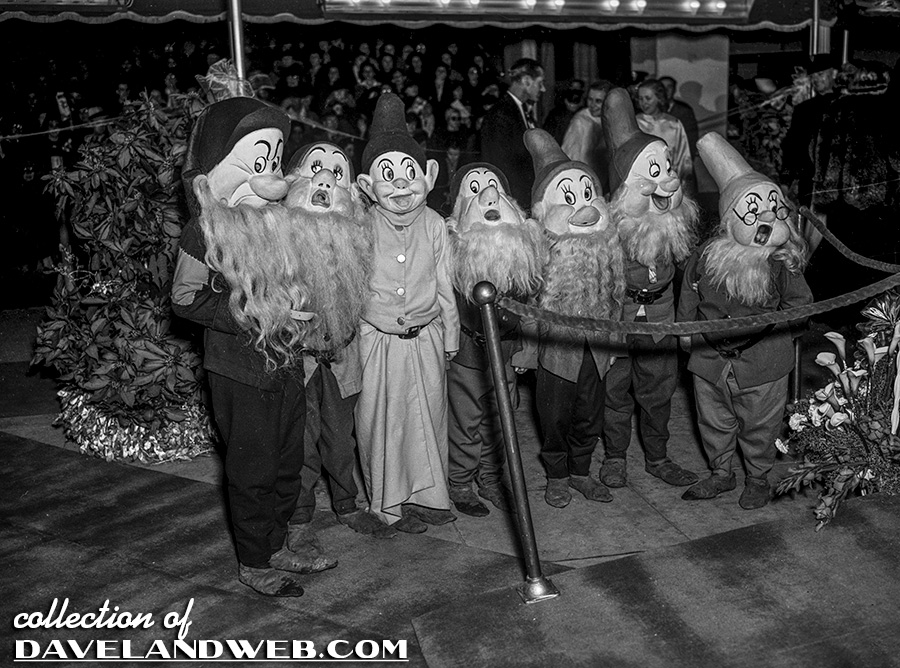
and the Norma Shearer and Tyrone Power drama "Marie Antoinette" (1938), for which the gardens around the theater were enhanced to resemble the landscaping of the Palace of Versailles. Only Grauman's Chinese Theatre could rival the elaborate premieres held at Carthay.
For Disney's "Fantasia" (1940), the most elaborate audio system in use at the time, Fantasound, a pioneering stereophonic process, was installed at the Carthay.
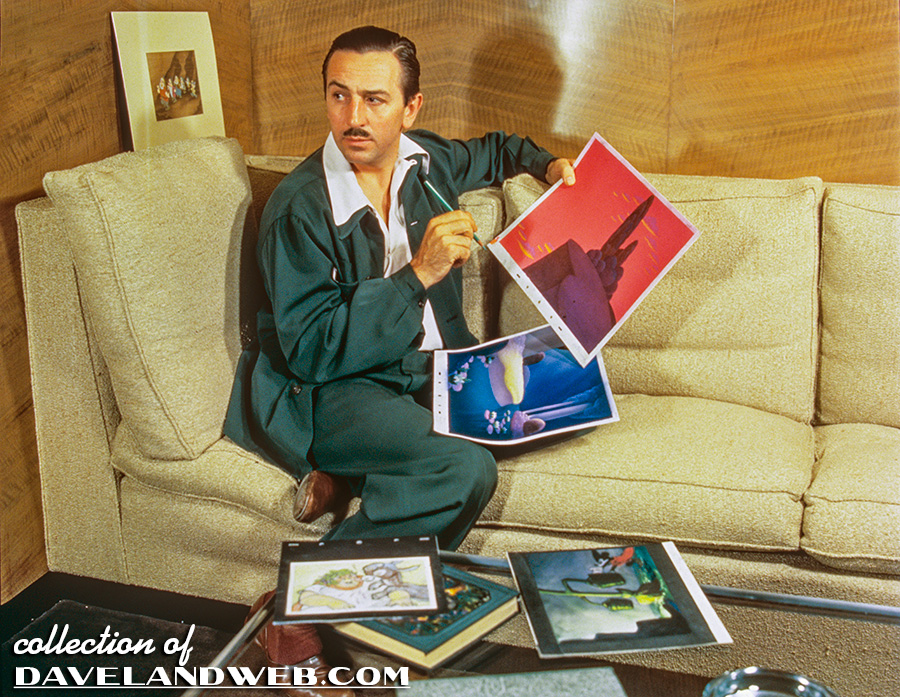
Mike Todd showcased his 1956 blockbuster movie “Around the World in 80 Days," which caused some of the interior of the auditorium to be destroyed to accommodate the huge new Todd A-O screen. At the time, only two other theaters had the ability to show Todd A-O movies: The Egyptian and the downtown United Artists.
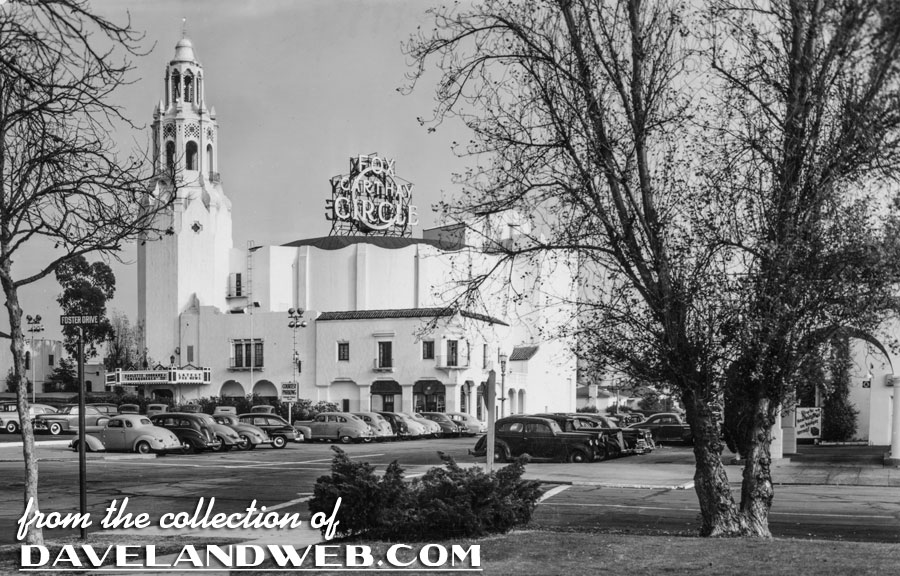
This photo can be dated to 1947, thanks to the marquee featuring the Paulette Goddard movie, "Unconquered."
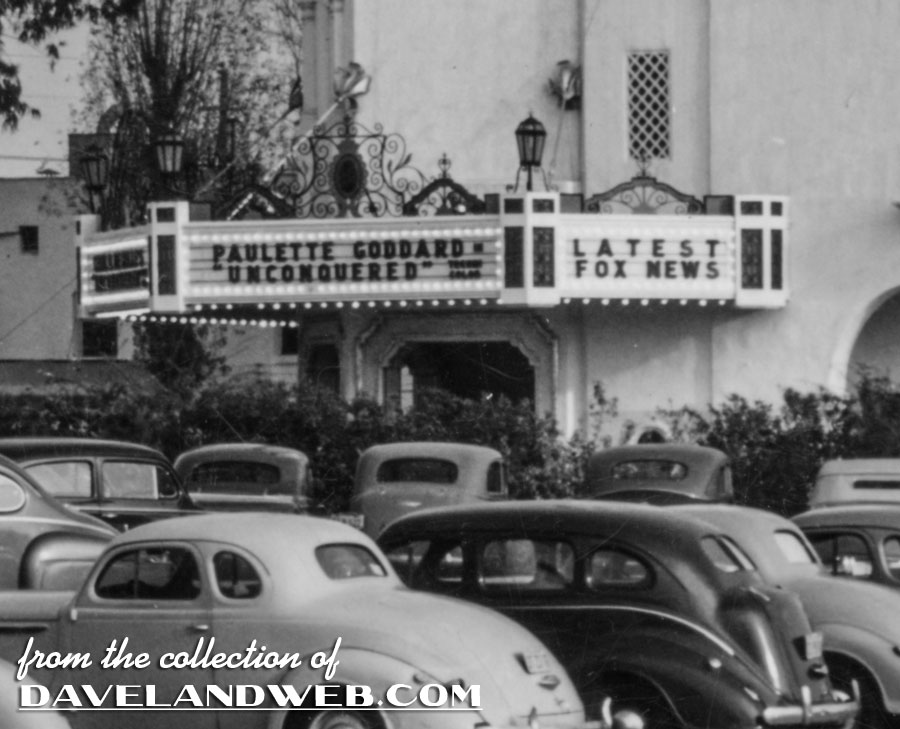
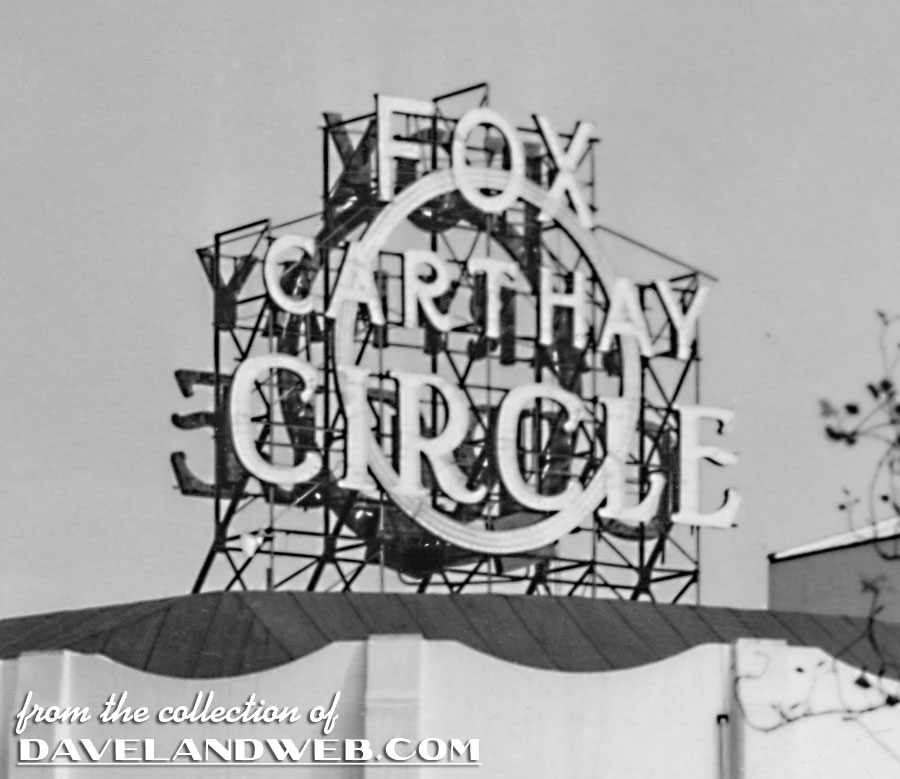
The last movie shown at Carthay was "The Shoes of the Fisherman" (1968), starring Anthony Quinn and Laurence Olivier. The theater was demolished in 1969 and replaced by two low-rise office buildings and a city park.
Fortunately, this theater will live on as one of the vintage settings for Turnbull's upcoming fourth novel. Stay tuned for future announcements!
See more vintage & current Hollywood photos from my collection on my
main website.
